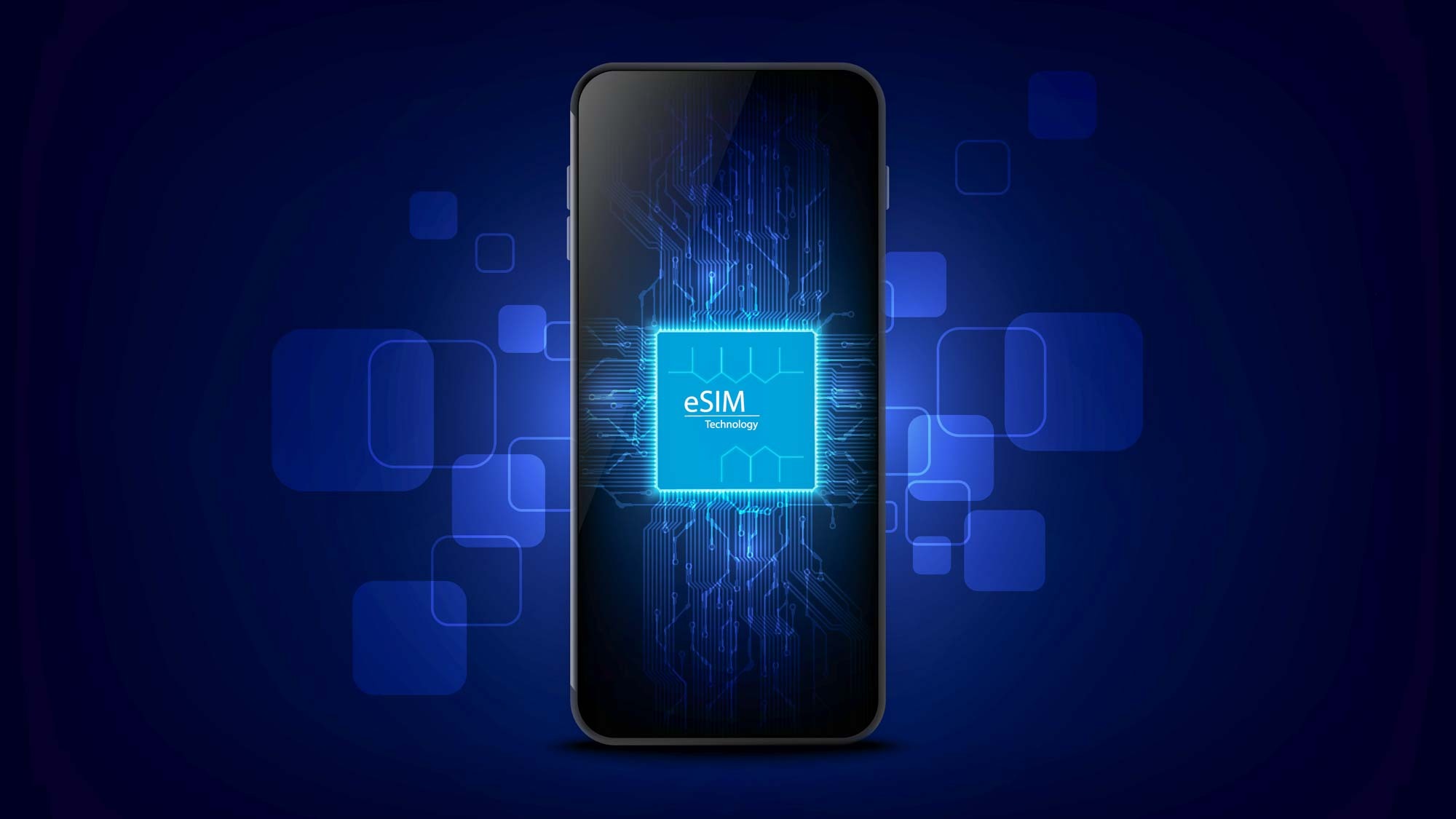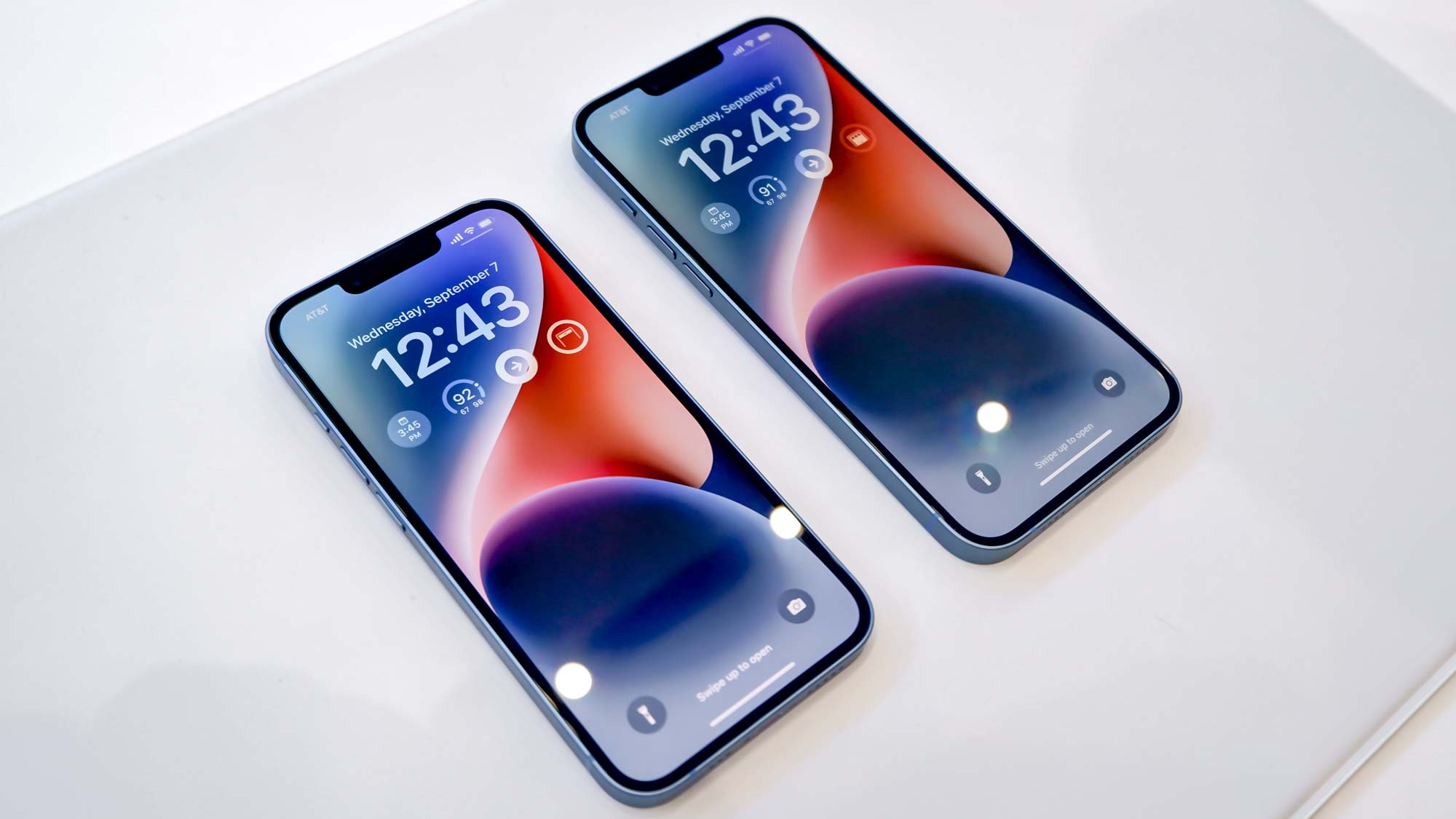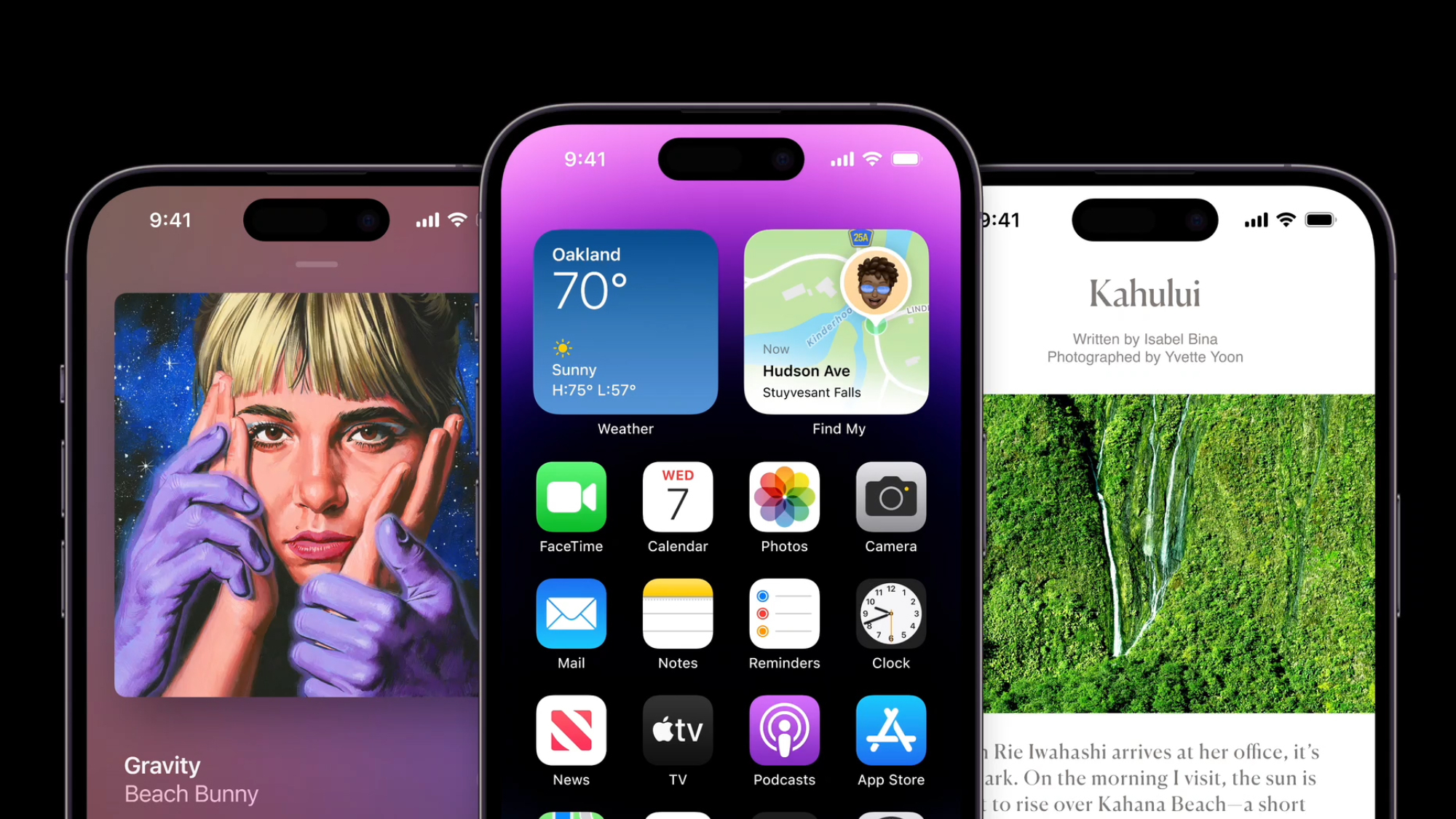iPhone 14 ditches the SIM card tray — what is eSIM?

One of the more interesting features announced for the iPhone 14 at Apple’s September 7 event could shake up the mobile phone carrier industry. And it all comes down to the way your phone interacts with your wireless provider.
Starting with the iPhone 14, Apple is ditching the physical SIM card tray. Instead, the latest iPhones will use eSIM technology, which uses software rather than a physical card to store your cell phone user information. While supporting eSIM is not a new move for the best phones on the market, abandoning the physical SIM card completely is a major shift.
In fact, it’s such a major shift that Apple's move comes with an important caveat. The iPhone 14 lineup will only ditch the physical SIM card in the U.S; other regions will still feature an iPhone with a physical SIM card slot.
Still, Apple's move to eSIM indicates that the company thinks eSIM is the future, so it is important to know how that could impact you going forward.
What is eSIM?

eSIM is a fairly simple concept. Instead of requiring a physical SIM card slot to determine which phone carrier you are using, your phone uses software to perform the same task.
There can be a lot of benefits to using eSIM, though keep in mind a phone carrier has to offer it as an option for you to use it. The good news for U.S. customers is that most major U.S. phone carriers offer eSIM, from T-Mobile and Verizon to more budget-friendly options like Mint Mobile.
eSIM on iPhone 14

Apple has offered eSIM support since the iPhone XS, XS Max and XR arrived in 2018. In fact, the iPhone 13 even gave you the ability to have multiple eSIMs on one phone. Currently, Apple says you can have eight or more eSIMs (that’s oddly specific) and use two phone numbers at the same time.
Get instant access to breaking news, the hottest reviews, great deals and helpful tips.
Setting up the eSIM is fairly simple. You need to first get the eSIM card in one of four ways: install a carrier plan, scan a QR code, use a phone carrier’s iOS app or use Apple’s eSIM quick transfer — a feature that's new to iOS 16, which comes out September 12.
These four methods are all pretty straightforward. To install a carrier plan, the wireless provider will send you a push notification on your iPhone. Just tap that notification, and the iPhone will open up Settings and walk you through the process.
Using a QR code is similar; just scan the QR code and a push notification will appear. After that, the process is the same.
Using your mobile phone carrier’s app is a little more complicated, but only just. You’ll need to install the phone carrier’s app on your phone, then open the app and log in. Then you'll have to find instructions in that app to add an eSIM.
At that point, the phone carrier’s app should automatically open Settings and then Settings will walk you through the process. However, each carrier determines how its own app works, so we cannot promise how smooth — or rough — all that will be.
Finally, there is a new eSIM setup option on iOS 16 called eSIM Quick Transfer. This allows you to transfer your current SIM card (whether it's a physical SIM card or an eSIM) from your old iPhone to a new iPhone as an eSIM. The only catch here is that both phones have to run iOS 16, or it won’t work. But for a lot of people, this will be an easy way to transfer their SIM card when upgrading phones. I wish I had this option when I upgraded to my Samsung Galaxy S22 Ultra and had to transfer a physical SIM card.
eSIM: Advantages and disadvantages

While eSIM advocates tout the simplicity of using software instead of a physical card, there is a downside to Apple opting to go eSIM only — carriers have to support eSIM for it to work. While that's not a concern in the U.S. where T-Mobile, Verizon and AT&T are confirmed to provide eSIM support for iPhone 14, it could be more a pain traveling overseas.
That said, a lot of international providers offer eSIM as well. In fact, one of our editors just traveled internationally using an eSIM and is never going back to a physical card. As someone who has had to travel abroad with physical SIM cards or pay for an international data plan, using eSIM feels like the future for globetrotters.
Aside from international travel, there are some other benefits to eSIM as well. First, no more stabbing yourself with a SIM card tool. Second, by removing the physical SIM card slot the phone has more room inside the case to improve other features instead of setting aside space for a physical card. You also cannot lose an eSIM card, and while physical SIM cards can be swiped to use in port-out scams that hijack phone numbers, the only way to get an eSIM is to steal the whole phone.
What's more, an eSIM can be updated over cellular service or Wi-Fi rather than requiring you to physically swap out a new SIM card. As 5G improves, this could allow phone carriers to update eSIMs to get the most out of those improvements.
So if you love the idea of an eSIM and are in need of a new iPhone, make sure to check out our latest iPhone 14 preorder deals so you don’t pay full price. Be warned though — the preorder process is not going smoothly for everyone.
Next: Here's a detailed guide on how to activate eSIM on your iPhone 14.

Malcolm has been with Tom's Guide since 2022, and has been covering the latest in streaming shows and movies since 2023. He's not one to shy away from a hot take, including that "John Wick" is one of the four greatest films ever made.
